This article is about Permanent Magnet Motors from Free Energy and problem to make motor run only with magnets.
One DIY idea is from Dietmar Hohl.
Big problem is making opposite magnetic field needed for motor.
Magnets must be placed to break normal field.
In Hohl motor magnets set at angle to do this.
Building of Permanent Magnet Motors from nature:
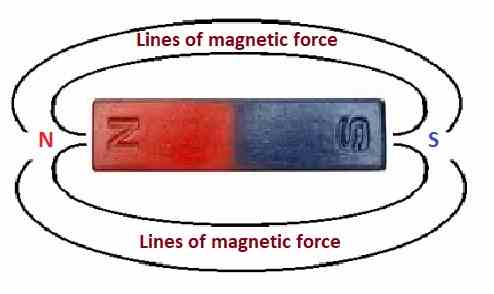
People learn magnetic field around bar magnet look like lines from iron filings.
But iron filings change the field so picture is not correct.
Real field look like grid of football shapes near magnet ends.

Book “The Secret World of Magnets” show real magnetic field better.
Most people do not know the true shape and internet show wrong pictures.
Magnet ends have spinning magnetic field.
If magnets placed uneven they can push in one direction.
Magnets at 45° angle get push from corners.
But it is not so simple as many magnetic lines affect it.
Sometimes we must leave space after placing few magnets.
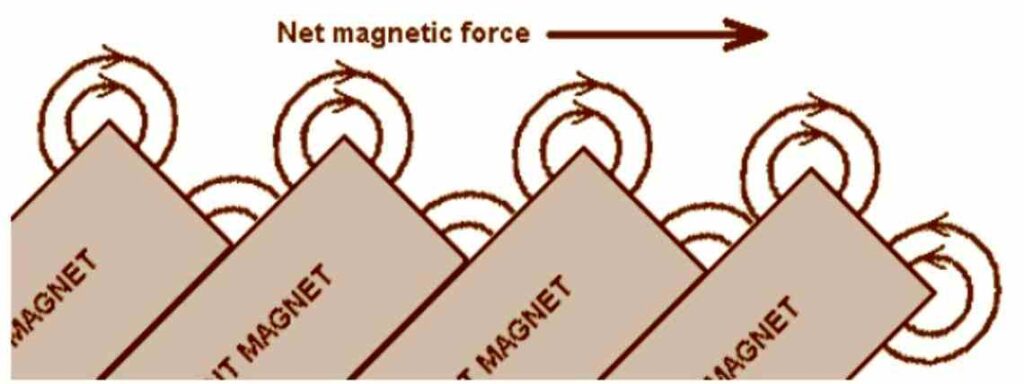
Two people Anthony and Andreas use angled magnet trick to make a track.
They use neodymium magnet to move on track with ceramic magnets on both sides.
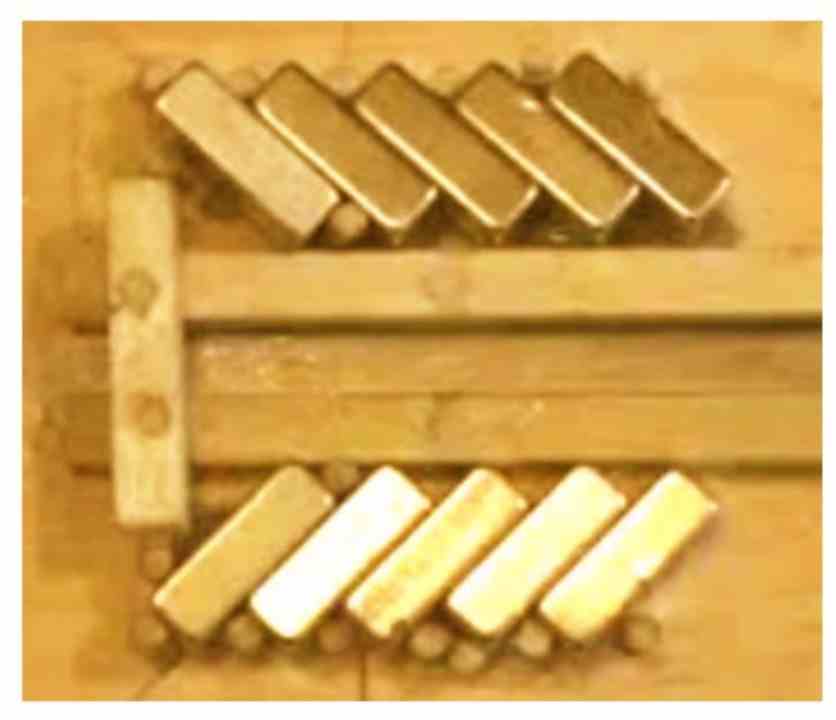
Other magnets on track are set at 45° angle.
The moving magnet is made of small neodymium magnets.
They find ceramic magnets not strong like neodymium ones.
They use wooden sticks to hold parts and wood do not change magnetic field.
Next step is making motor using this track idea.
Round track is hard so they try disk with magnets under it which is the more easy way.
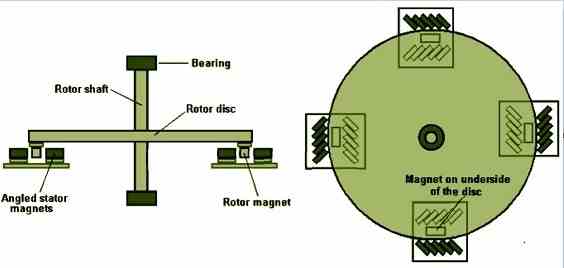
When disc turns its magnets touches other angled magnets.
Motor can work flat or standing up.
If disc spins well we can add coils to make electricity.
To make it better we use two discs on one stick and magnets get extra push with each turn.
Most people can build this motor but it takes some work.
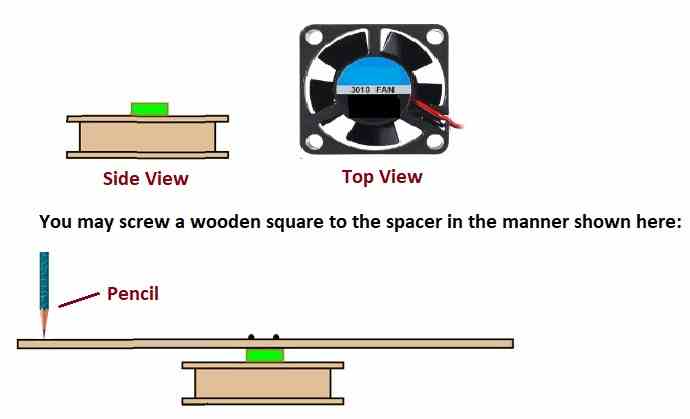
To make strong and simple prototype use computer cooling fan.
Old fan is okay or buy cheap one.
Add wood or plastic spacer disk on fan for space.
Then stick wooden square on it and carve it into circle with pencil and strong base.
Disc shape is not need to be perfect but more important is where rotor magnets goes.
Use pencil to mark and adjust.
Try different magnets as they have different power and size.
Change stator magnet angle to about 45° and space between to make track work better.
Conclusion:
This guide for Permanent Magnet Motors from Free Energy makes motor with only magnets which is hard because magnetic field is balanced.
Dietmar Hohl motor use angled magnets to break this balance.
This idea work better for magnet motor.
Old ideas of magnetic field are not always right.
Anthony and Andreas test magnets and made working motor.
With careful building this magnet with only motor is possible.
Leave a Reply